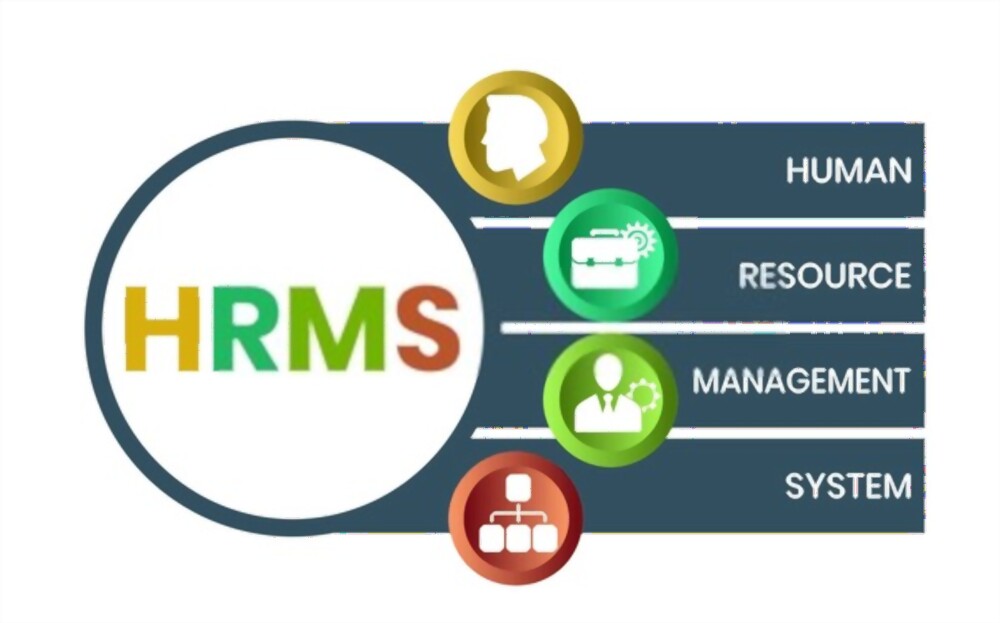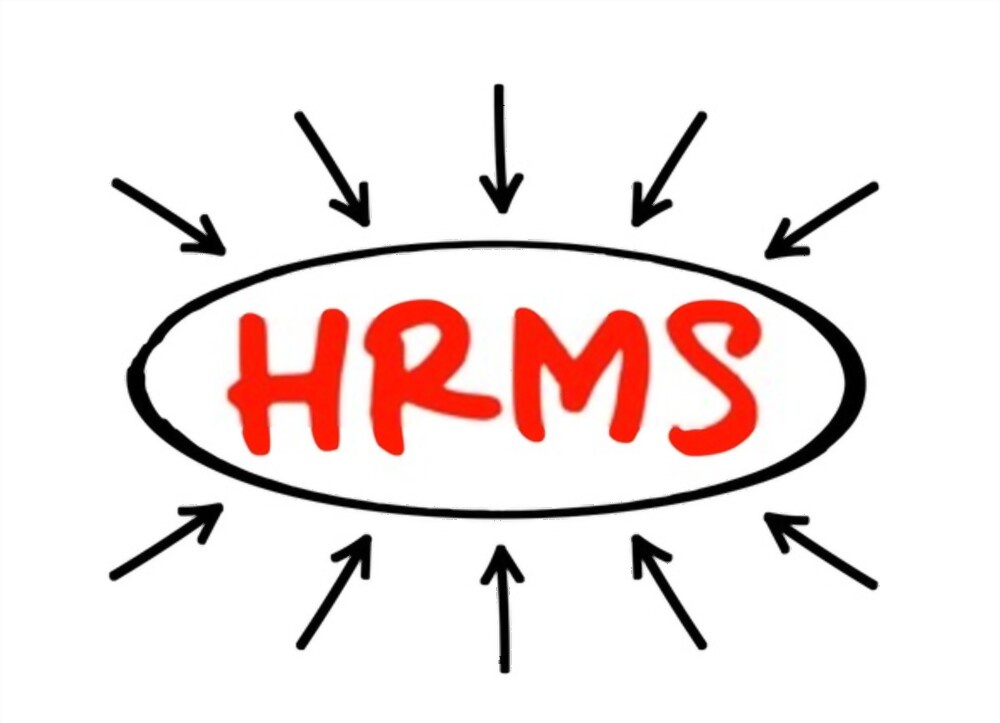As businesses continue to evolve and grow, it's important to have efficient systems in place to manage various aspects of the organization. One of the most important of these is payroll management, which involves ensuring that employees are paid accurately and on time. In recent years, HRMS payroll software has emerged as a popular and effective solution for managing payroll processes. If you're new to HRMS payroll software, this beginner's guide will help you get started.
What is HRMS Payroll Software?

HRMS stands for Human Resource Management System, which is a type of software that allows businesses to manage their employee-related processes such as recruitment, training, and payroll. HRMS payroll software, specifically, is designed to streamline payroll processes and simplify the task of paying employees. This type of software typically includes features such as automated payroll calculations, tax calculations, and direct deposit capabilities.
Why Use HRMS Payroll Software?
There are several reasons why businesses choose to use HRMS payroll software:
- Increased Efficiency: With HRMS payroll software, businesses can automate many of the time-consuming tasks associated with payroll management, such as calculating taxes and deductions. This saves businesses time and resources, allowing them to focus on more important tasks.
- Accuracy: Manual payroll calculations are prone to errors, which can be costly for businesses. HRMS payroll software can help reduce the risk of errors and ensure that employees are paid accurately and on time.
- Compliance: Payroll management is subject to numerous laws and regulations, and noncompliance can result in hefty fines and legal issues. HRMS payroll software can help ensure that businesses are in compliance with these regulations, reducing the risk of legal issues.
Getting Started with HRMS Payroll Software
If you're ready to get started with HRMS payroll software, here are some steps you can take:
- Identify Your Needs: Before choosing an HRMS payroll software solution, it's important to identify your business's specific needs. This will help you choose a software solution that is tailored to your business's requirements.
- Research Software Providers: Once you've identified your needs, it's time to research software providers. Look for providers that offer features that are important to your business, such as direct deposit capabilities or tax calculation tools.
- Evaluate Pricing: HRMS payroll software can be costly, so it's important to evaluate pricing options. Look for software providers that offer flexible pricing plans and consider factors such as the number of employees and the features included in the software.
- Consider Implementation: Implementing HRMS payroll software can be a complex process, so it's important to consider the level of support offered by the software provider. Look for providers that offer comprehensive implementation support, including training and technical support.
- Test the Software: Before committing to an HRMS payroll software solution, it's important to test the software to ensure that it meets your business's requirements. Look for providers that offer free trials or demos to help you evaluate the software.
Best Practices for Using HRMS Payroll Software
Once you've implemented HRMS payroll software, it's important to follow best practices to ensure that you get the most out of the software. Here are some best practices to consider:
- Keep Your Software Up to Date: HRMS payroll software providers often release updates to improve software functionality and security. It's important to keep your software up to date to ensure that you have access to the latest features and security enhancements.
- Regularly Back Up Your Data: It's important to regularly back up your HRMS payroll software data to ensure that you can recover your data in case of a data loss event.
- Train Your Employees: Training your employees on how to use HRMS payroll software can help ensure that they use the software effectively and efficiently.
- Review Payroll Reports Regularly: Regular reviewing payroll reports regularly is an important best practice when using HRMS payroll software. This ensures that businesses can catch any errors or discrepancies in employee pay and take corrective action in a timely manner.
There are several types of payroll reports that businesses can generate using HRMS payroll software, including:
1. Payroll Summary Report: This report provides an overview of payroll activity for a specific period, including total wages, taxes, and deductions.
2. Employee Pay Statements: This report provides individual pay statements for each employee, detailing their gross pay, deductions, and net pay.
3. Tax Reports: These reports provide information on tax liabilities and payments for various tax categories, such as federal income tax and state unemployment tax.
4. Employee Time and Attendance Reports: These reports provide information on employee attendance and hours worked, which are used to calculate employee pay.
By reviewing these reports regularly, businesses can identify any discrepancies or errors in employee pay and take corrective action. For example, if an employee's pay is less than expected, businesses can review their time and attendance records to ensure that they are being paid for all hours worked. Alternatively, if taxes or deductions are incorrect, businesses can correct these errors and ensure that they are in compliance with applicable laws and regulations.
Conclusion
HRMS payroll software is a powerful tool for managing payroll processes and ensuring that employees are paid accurately and on time. By following the steps outlined in this beginner's guide and implementing best practices, businesses can get the most out of their HRMS payroll software and streamline their payroll processes. Regularly reviewing payroll reports is an important best practice that can help businesses catch errors and discrepancies in employee pay, ensuring that they remain in compliance with applicable laws and regulations.



No comments yet